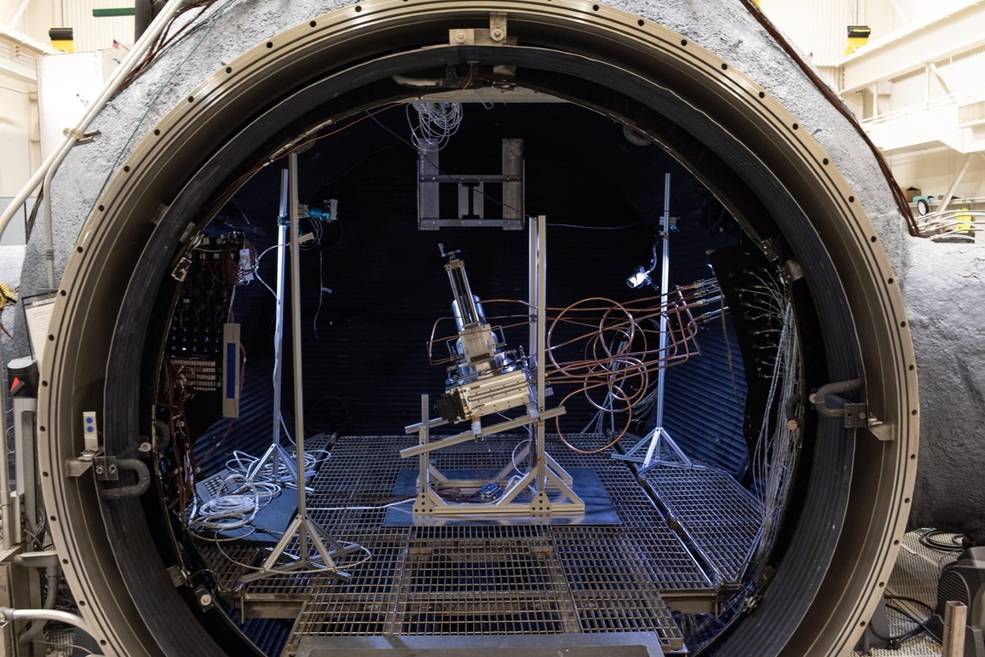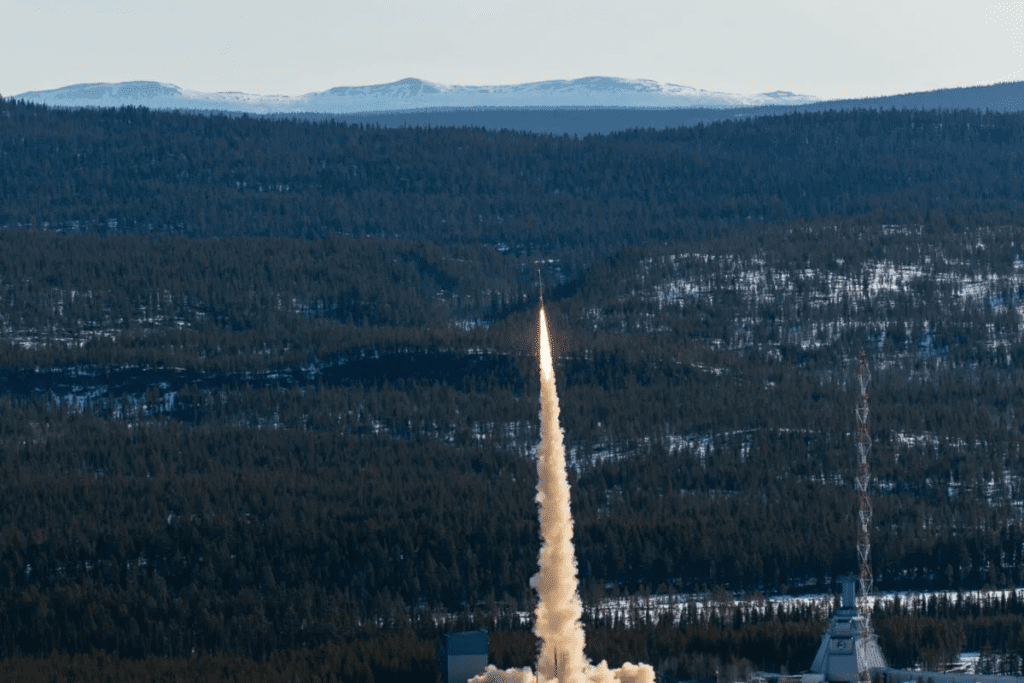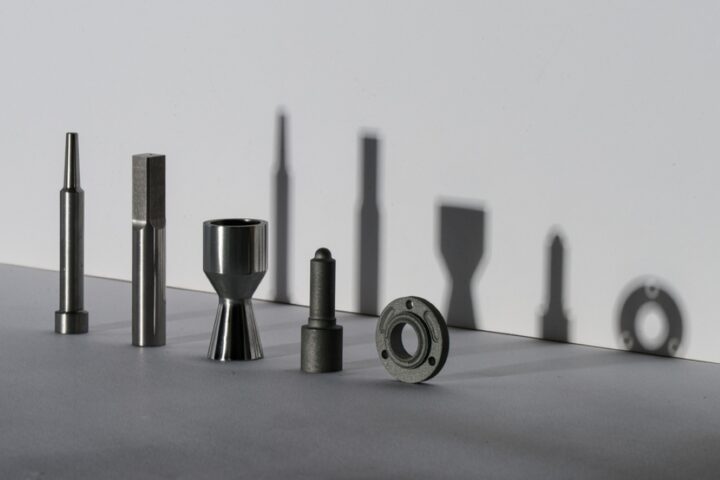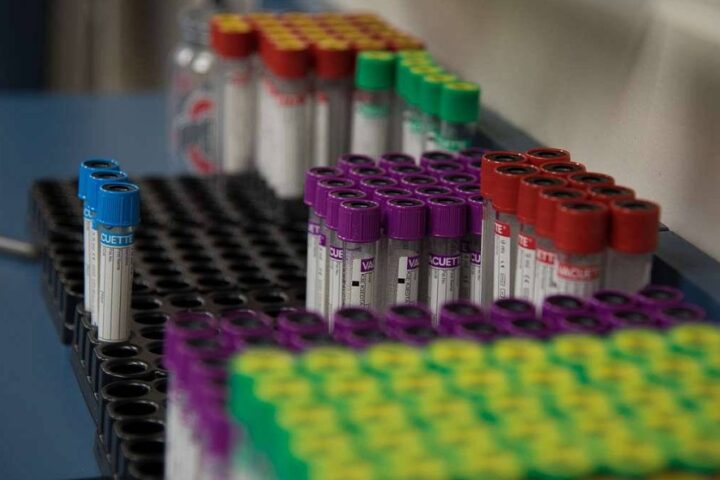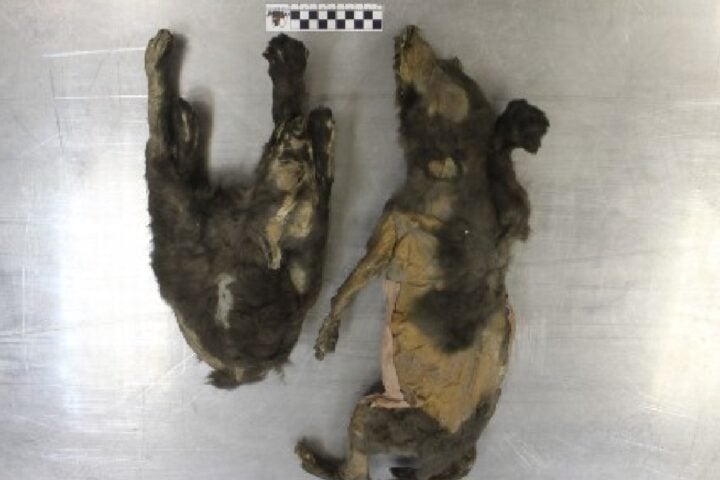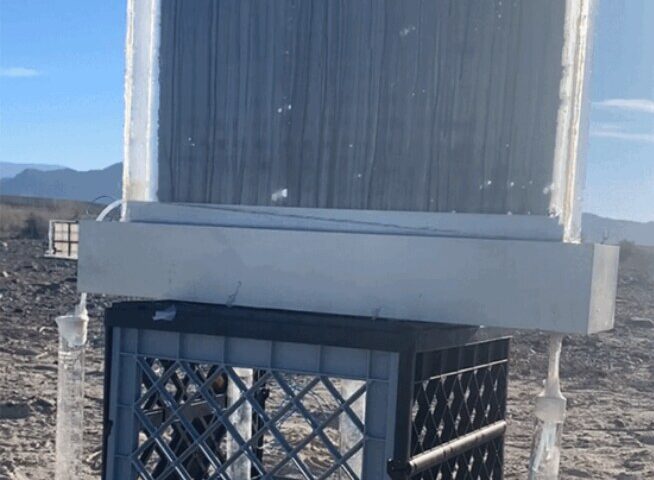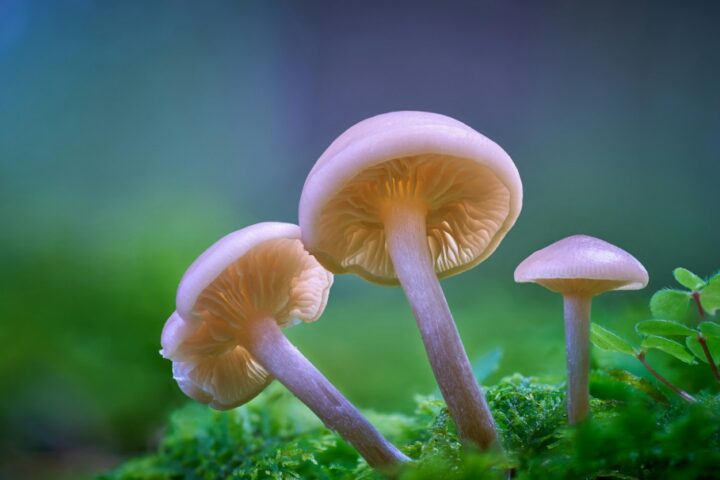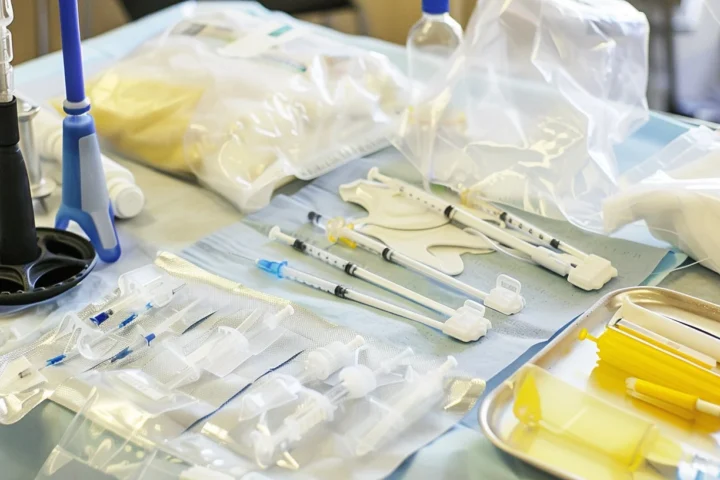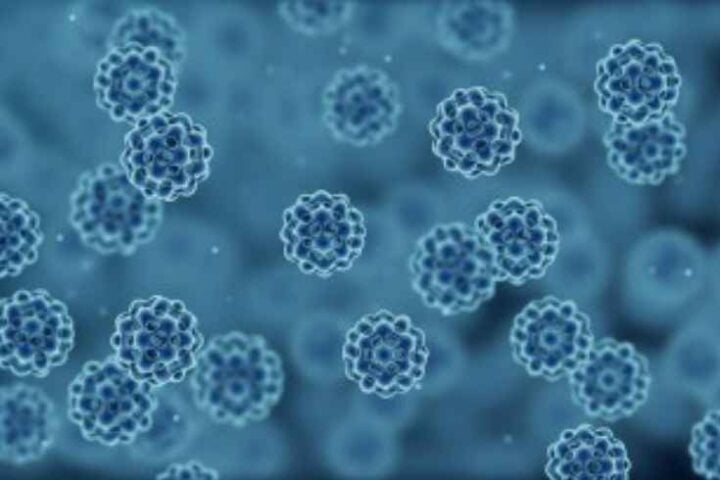NASA has managed to successfully extract oxygen from simulated lunar soil in a vacuum environment for the first time. This development is considered as a stepping stone towards establishing a human presence on the moon.
Previously, Chinese experts had managed to find water in lunar soil, which was present in the form of minute glass beads. Lunar soil is believed to be a valuable resource for long-term missions on the moon. Lunar soil contains compounds that could potentially be used to produce oxygen with the help of radiation from the sun.
NASA’s Carbothermal Reduction Demonstration (CaRD) team created fine-grained soil to simulate the material covering the Moon’s surface. Later they used a high-powered laser to simulate heat from a solar energy concentrator. After the soil was heated, the team was able to detect carbon monoxide using a device called the Mass Spectrometer Observing Lunar Operations (MSolo), paving the way for future exploration missions to the moon’s South Pole.
Related Posts
The process of heating the soil and extracting the oxygen took place inside a carbothermal reactor. Carbothermal reactor is a device that uses high temperatures to produce carbon monoxide or dioxide on Earth to create items like solar panels and steel. The recent test was carried out inside a special 15-foot wide spherical chamber named as the Dirty Thermal Vacuum Chamber, which recreated conditions similar to those found on the Moon.
This technology has the potential to produce several times its own weight in oxygen per year on the lunar surface, which will enable a sustained human presence and lunar economy, according to Aaron Paz, NASA senior engineer and CaRD project manager. Operating the reactor in a vacuum environment for the CaRD test simulated the conditions at the lunar surface and increased the technical readiness level of the reactor to a six, which means the technology has a fully functional prototype or representational model and is ready to be tested in space.
Creating oxygen on the Moon could help support lunar habitats for future astronauts as NASA and other space agencies strive to establish a sustainable presence on and around the surface of Earth’s satellite. This groundbreaking development is part of NASA’s Lunar Surface Innovation Initiative (LSII), which is developing essential capabilities required for humans and systems to successfully live and work on the Moon. The CaRD is one of the LSII’s projects sponsored by the Game Changing Development (GCD) program within the Science Technology Mission Directorate (STMD).
Similar Posts
The LSII is developing technologies that will enable humans to stay on the moon for longer and venture farther. Oxygen can be used for breathing, but it can also be used as a propellant for transportation.
Such versatile benifits makes it an even more valuable resource for further missions that will be launched from the moon.
The recent test has shown that a carbothermal reactor can operate in the lunar environment, which is an important proof of concept. According to Anastasia Ford, NASA engineer and CaRD test director at Johnson, “This is a big step for developing the architecture to build sustainable human bases on other planets.”
